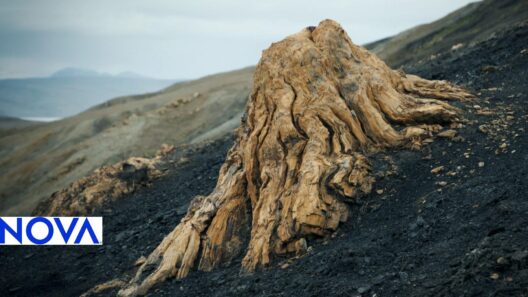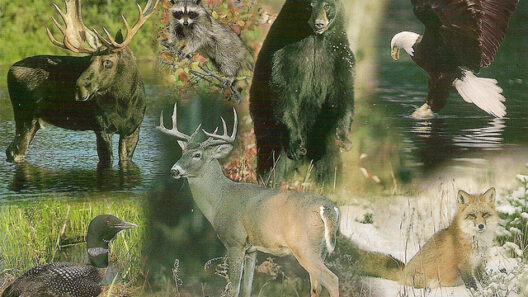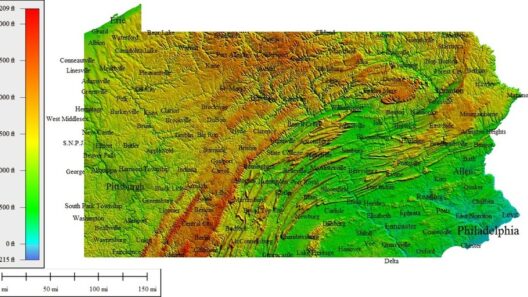Understanding the climate of Kansas is essential, especially when considering its unique geographical features and the phenomena that arise from them. Kansas, often affectionately dubbed as “Tornado Alley,” possesses a distinctive climatic profile shaped by its location in the Central United States. The state is characterized by its expansive prairies, rolling hills, and an intricate interplay of weather systems, making it subject to a variety of meteorological events throughout the year.
Firstly, Kansas experiences a humid subtropical climate, which transitions into a continental climate as one moves towards the western parts of the state. This dichotomy results in significant variations in temperature and precipitation. The summers are often sweltering, characterized by high humidity levels and temperatures that frequently exceed 90°F. Conversely, winters can be brutal, with average temperatures plunging below freezing, particularly in January.
As a result of this climatic variability, Kansas endures a diverse assortment of weather patterns. Spring marks a particularly volatile season, where warm air from the Gulf of Mexico converges with cooler air from the north. This clash creates fertile conditions for severe thunderstorms, which can escalate into dangerous tornadoes. Moreover, Kansas is notorious for its tornado season, which typically occurs from April to June.
Tornadoes in Kansas represent a paradox of beauty and destruction. These swirling vortexes of wind can wreak havoc, yet their formation is a fascinating meteorological event. Tornadoes are born from supercell thunderstorms, which are characterized by a rotating updraft known as a mesocyclone. When conditions align perfectly, a tornado can develop, with wind speeds capable of exceeding 300 mph in the most extreme cases. Understanding the conditions that lead to tornado formation is critical for developing effective warning systems to ensure public safety.
The climatological landscape of Kansas is not solely defined by tornadoes. The state also undergoes periodic droughts, exacerbated by rising temperatures and shifting precipitation patterns amid broader climate change implications. Drought conditions can lead to devastating impacts on agriculture, which is a cornerstone of the state’s economy. Kansas is one of the primary wheat-producing states in the country, and the cultivation practices are sensitive to fluctuations in moisture levels.
Precipitation in Kansas is a study in contrasts. The eastern regions of the state receive around 35 inches of rainfall annually, while moving westward, the amount diminishes to about 20 inches. This disparity influences the types of vegetation and ecosystems present across the state. Eastern Kansas displays lush forests and fertile farmlands, while the western part features semi-arid landscapes with sparse vegetation, primarily composed of grasses and shrubs.
Interestingly, the climate also supports a rich tapestry of ecosystems. The Flint Hills region, for instance, is known for its extensive tallgrass prairies, which are vital habitats for diverse wildlife. These prairies are maintained through controlled burns and grazing practices, which help conserve the unique flora and fauna dependent on this ecosystem.
Furthermore, climate variability has raised significant concerns regarding the future of Kansas’s environment and its inhabitants. Changes in weather patterns, increased frequency of extreme weather events, and rising temperatures all pose challenges that demand attention. Adaptation strategies, such as improved water conservation techniques and sustainable agricultural practices, are critical for mitigating adverse impacts on the state’s resources.
In response to the potential long-term effects of climate change, local communities have begun to actively engage in initiatives promoting resilience. Education plays a pivotal role in these efforts as citizens are encouraged to learn more about sustainable practices and the necessity of reducing carbon emissions. In Kansas, interactive workshops and community-driven projects serve to empower local residents to take ownership of their environmental impact.
While Kansas is indeed known for its tornado activity, it also offers a prime opportunity to study the balance between human activity and natural systems. The interconnections between agricultural practices, energy consumption, and environmental stewardship are essential discussions that need to occur. By understanding how climate affects agricultural outputs and economic frameworks, stakeholders can work collaboratively to devise innovative solutions that bolster both the economy and the environment.
Concurrently, the delicate balance of Kansas’s ecosystems must be preserved. Lurking beneath the surface of extreme weather are indicators of broader ecological shifts. The implications of climate change extend beyond mere weather phenomena; they influence species migration, biodiversity, and the health of natural habitats throughout the region. Addressing these challenges requires an unwavering commitment to sustainability, conservation, and ecological awareness.
In conclusion, the climate of Kansas embodies both the rugged beauty and ferocity of nature. With its dualities of warmth and chill, moisture and drought, peace and storm, it stands as a testament to the complex interactions of weather patterns and the environment. As an active participant in addressing climate challenges, Kansas has the potential to lead in sustainable practices that serve as a blueprint for other regions. Recognizing the profound impacts of climate—both immediate and far-reaching—can inspire collective efforts towards a more resilient future.






